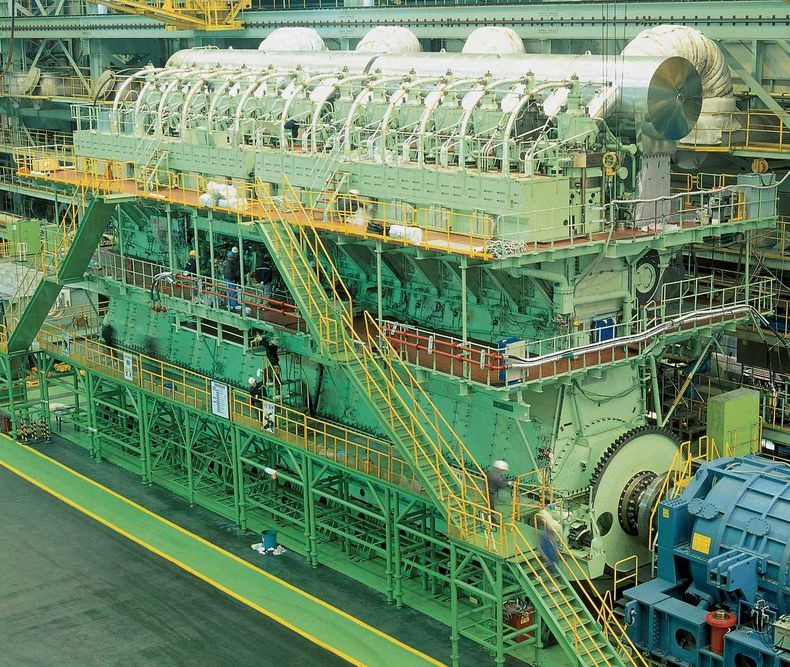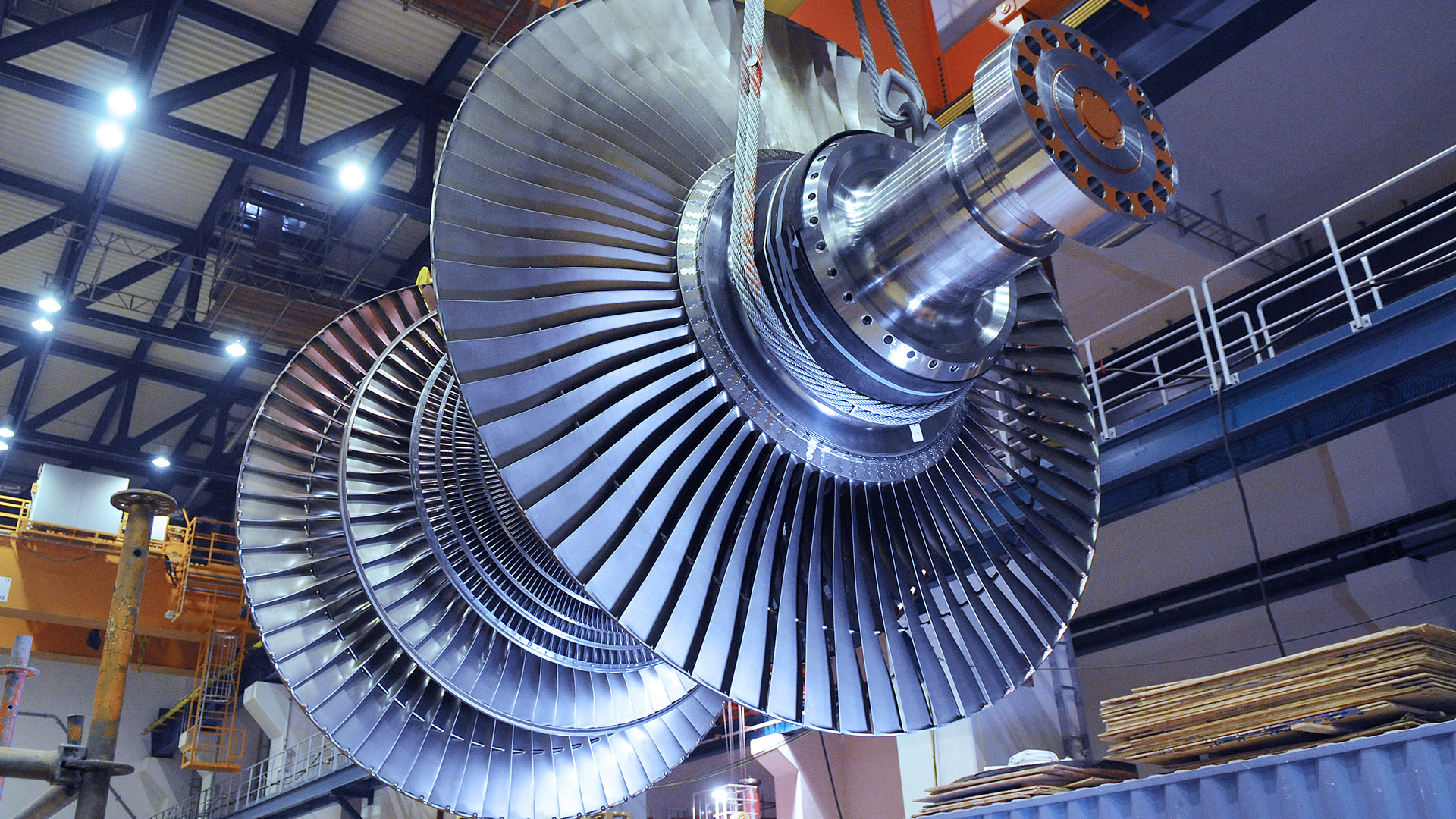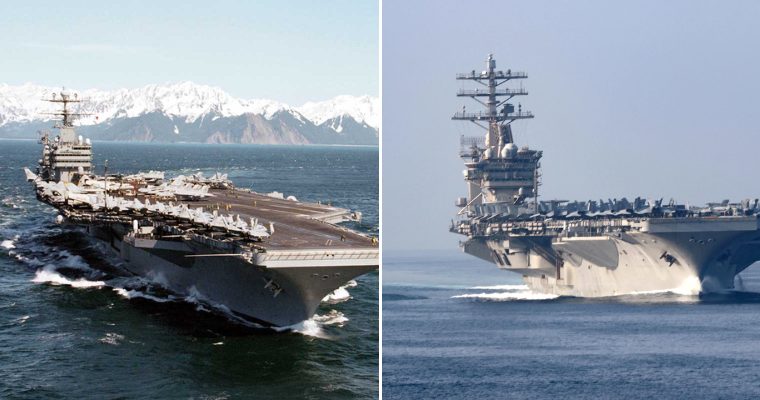Destroyers or frigates, are “defenders” to protect territorial waters, and are very important for any navy.

Although many of us have not seen destroyers with our own eyes, we often see them in TV news or films. Many people know that destroyers travel very fast, but for a destroyer in port, you may not know how long it takes to start its engines.
In fact, the time duration to start a destroyer or frigate depends on its engine type. After all, different engines have different performances, which will also affect the start-up time of the engine.

Mainly three main types of engines are used on destroyers.
1) Gas turbine engines

In fact, among the existing various power type, gas turbine engines powered ships takes least time to start. If it is calculated according to the power level, the start-up time of the gas turbine is only 1 to 2 minutes, and the peak value can be reached. However, it takes 10 to 30 minutes to add fuel to warm up. Therefore, during the entire working cycle, there is hardly any idle time to wait for the diesel engine to stop and stand by, which also greatly improves the work efficiency of the destroyer.
When the warship is performing ordinary tasks, the unit in the fuel preheating system will not stop, but the main engine and auxiliary engines will still stop. This method can ensure that the gas turbine can be kept in a fast start at any time, and only need it can be switched to the state of driving and preparing in 1~2 minutes, which is very efficient.

In addition, because the low-pressure turbocharger is used as the supercharging method, it is more energy-saving and environmentally friendly than conventional diesel engines. The gas turbine relies on the pressure of the inhaled air, and then sends it into the high-pressure combustion chamber. The pumped fuel ignites and burns to generate high-temperature and high-pressure gas, which drives the propeller to rotate. When the startup is successful, the gas turbine begins to enter a stable thermodynamic cycle process.
If there is not enough lubricating oil in the fuel tank, the gas turbine will spin down or even stop running. Because of this, the gas turbine can start up quickly. Due to working in a high temperature and high humidity environment, gas turbines are often shut down to ensure normal operation. The best fuel for gas turbines is natural gas, but warships cannot use natural gas, gasoline and other high-risk fuels. Gas turbines can use all liquid fuels. Heavy oil has the highest cost, but it can be the main fuel for all ships. However, gas turbines use heavy oil for backup. The duration of the gas turbine is longer, and the strength is also improved for the maintenance of the gas turbine, so light oil is generally used.
2) Diesel engines

The advantage of a diesel engine is that their starting time is shorter, and it can meet the requirements for flight preparation in a short period of time. Compared with gas turbines, the fuel preheating time of diesel engines is prolonged.
It is worth noting that in the season when the temperature is low, the upper generator set of the destroyer must use light oil. Otherwise, the very cold area in the heavy oil cannot be warmed up normally, so the standing power of light oil must be used to ensure that the destroyer can quickly get ready.
Since the heavy diesel oil used by the destroyer is easier to burn than the heavy oil, the hot air is generally used as the driving source for starting, which shortens the preparation time for starting the diesel engine. For the diesel engine on the destroyer, it usually takes 12 to 30 minutes from the start of the cold oil cooler to the completion of the vehicle preparation. Under normal circumstances, it can get ready in about 15 minutes.

Therefore, generally large ships must be equipped with two or more high-power marine diesel engines in order to meet the normal operation requirements. Diesel engines used on ships burn light oil during the preparation process, and heavy oil can be used only after leaving the port. Due to the high price of diesel, heavy oil and kerosene are generally used as fuel. There are also destroyers in some rich countries that only burn light oil, but the cost is about half higher than that of heavy oil. However, the destroyers of such rich countries are not bad for that amount of money.
3) Steam turbine engines

When the steam engine is working, its body will generate a large amount of high-temperature steam, which will be transported to the boiler through pipes, and these high-temperature steam will heat the water after entering the boiler. The steam turbine uses steam as fuel, so it is necessary for the boiler to boil water, but it is obviously not the first step. This ensures energy, but ships generally use diesel heavy oil, and this heavy oil will also become residual oil, converting the moisture in the boiler into water vapor with a certain pressure and temperature.
In the whole process, the consumption of steam is not much. This steam is then sent to the steam turbine, where it is expanded to do work, which drives the steam turbine to rotate, and the steam is then cooled into water through the condenser and returned to the boiler for the next cycle. If a steam turbine is installed on a warship, the navigation efficiency of the entire ship will be greatly improved, and a lot of energy will be saved at the same time.
However, the boiler water heating process of the steam turbine is time-consuming and labor-intensive, generally taking about 30-45 hours, or even more than an hour. Therefore, under normal circumstances, destroyers will be equipped with a certain number of steam turbines as backup before leaving the port. It is worth noting that frigates rarely use steam turbines, most frigates use diesel engines, and others use gas turbines.

Source: defenceview.in








